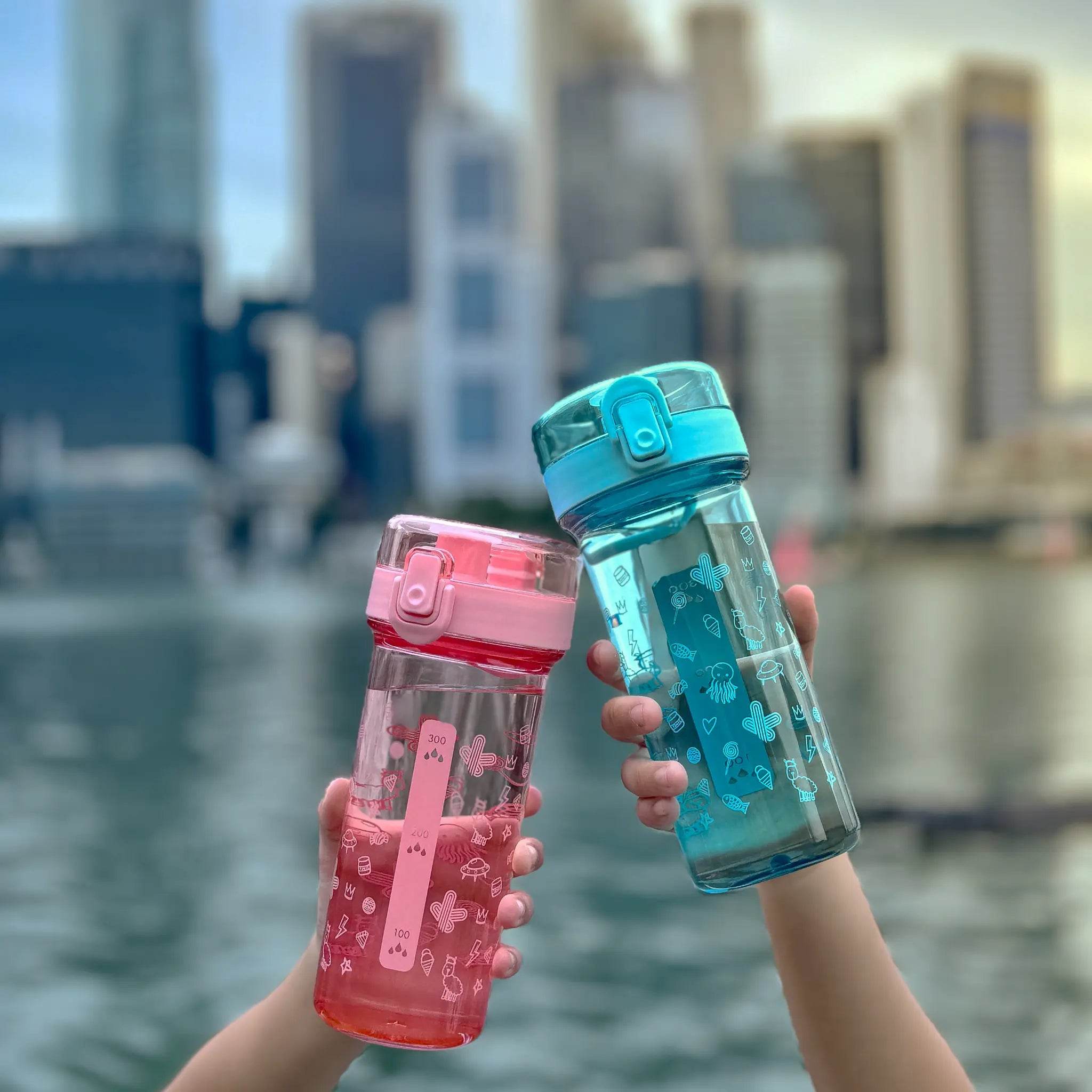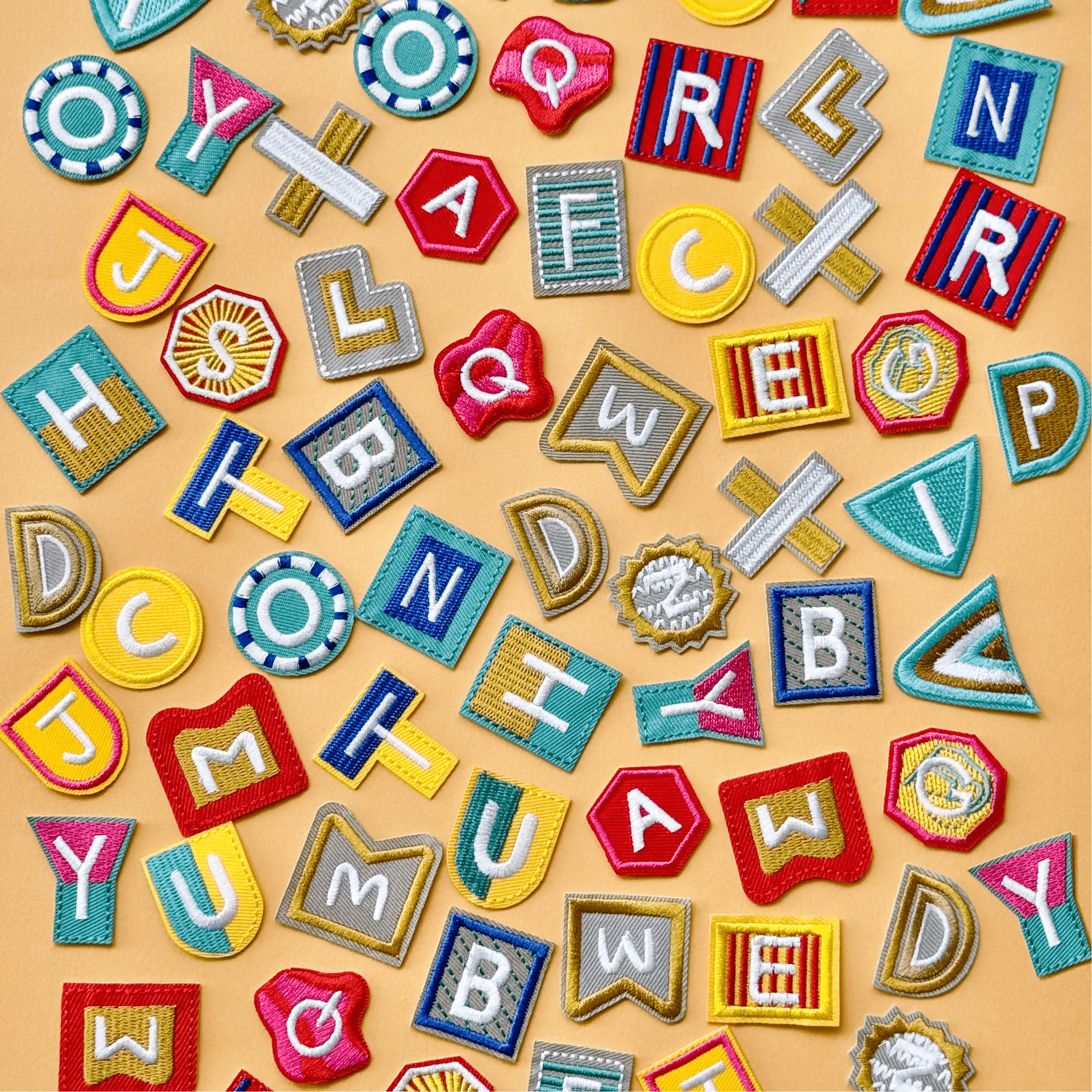Keeping Singapore’s Shores Clean: Why Sustainability and Reducing Single-Use Plastic Matter

Picture a beautiful morning stroll along Singapore’s east coast. Few things are more refreshing than golden sand, swaying palms, and gentle waves. Yet, among the scenery are glaring reminders of our modern lifestyle. Plastic wrappers, bottles, straws, and assorted debris washed ashore. Left unchecked, this pollution threatens not just our enjoyment, but marine life and the health of our environment. By working together to reduce waste and single-use plastic, we can restore our beaches and foster a culture of sustainability for generations to come.
The East Coast’s Hidden Struggle with Pollution
Singapore is well-loved for its clean image, but a closer look at our beaches, especially after high tide or a storm, often reveals the harsh impact of waste and pollution. Every day, teams of cleaners remove plastics, food packaging, cans, and fishing nets from the sand. Still, new junk arrives relentlessly, carried by currents from near and far.
Plastic pollution on the east coast isn’t just visually unpleasant—it’s dangerous for wildlife and harmful to the ecosystem. Seabirds, turtles, and fish mistake plastic for food, which can cause injury or death. Sharp pieces and fishing lines entangle animals or damage coral reefs. Even microscopic plastic fragments seep into the water and sand, entering the food chain and impacting all levels of marine life.
Understanding the Effects of Single-Use Plastics
Single-use plastic refers to products that are designed to be used only once before being discarded. Examples include grocery bags, takeaway boxes, cutlery, cups, bottles, and packaging film. These items are widely popular for their convenience, but most end up as waste after mere minutes of use.
Here’s why single-use plastics create such a problem at our beaches:
- They’re durable and do not decompose for hundreds of years.
- Lightweight plastics are easily carried by wind and water, escaping bins and waste sites.
- Many plastics are not properly recycled, especially when contaminated by food.
Single-use plastics contribute significantly to the waste crisis. In coastal areas, they are a direct cause of environmental degradation, as seen every week on Singapore’s eastern shoreline. A morning walk often uncovers dozens of empty snack wrappers, drink bottles, and packaging that have floated in from ships or been left behind by careless visitors.
How Plastic Pollution Impacts Our Environment
Every piece of litter that ends up on the sand or in the sea doesn’t simply disappear. It starts a harmful chain reaction:
- Marine creatures ingest or become entangled in waste, suffering injuries or dying.
- Plastics break down into smaller fragments called microplastics. These are invisible to the naked eye but accumulate in the bodies of fish, birds, and even humans who consume seafood.
- Toxic chemicals from plastics and trash leach into seawater and soil, harming flora and fauna.
- Our beaches become less attractive destinations, affecting community well-being and tourism.
By dumping single-use waste and allowing pollution to build up, we’re putting both nature and ourselves at risk. Reducing plastic consumption and improving our habits can reverse this damage.
The Value of Sustainability in Everyday Life
Sustainability means meeting today’s needs while preserving resources for future generations. It involves making thoughtful choices, whether at home, work, or play. On Singapore’s east coast, sustainable behaviors are crucial for protecting the beaches that locals and visitors love.
Choosing sustainable options has clear benefits:
- Keeps beaches cleaner and safer for all.
- Protects sea life and preserves natural habitats.
- Reduces the burden on waste management systems.
- Encourages a shared culture of environmental care.
Embracing a sustainable lifestyle doesn’t mean giving up convenience. It means being mindful of what we use, how we dispose of waste, and finding better alternatives whenever possible.
How Everyone Can Help Clean Up Our Beaches
Many people feel that individual efforts do little against such a big problem. In reality, every small action contributes to a cleaner and healthier coastline. Start with these simple steps:
- Always dispose of trash responsibly, even if a bin isn’t close by. Take waste home if necessary.
- Join or organise regular beach clean-ups to remove accumulated debris.
- Reduce reliance on single-use plastics by opting for reusable bags, bottles, and containers.
- Encourage friends and family to adopt cleaner habits, community support makes a difference.
When entire neighborhoods and communities make sustainability a focus, we amplify our impact. Imagine east coast beaches with fewer plastic bottles and snack wrappers, and more locals and tourists able to relax and play without pollution underfoot.
Small Changes, Big Impact
Making sustainable choices in everyday life can lead to lasting improvements. Here are practical ways to cut down on single-use plastic and waste:
- Use a refillable water bottle instead of buying drinks in single-use containers like our Sippy! range of hydration bottles.
- Bring reusable bags and tiffin carriers for grocery shopping, food delivery, or takeaways.
- Choose unpackaged or minimally packaged products whenever possible.
- Support food outlets and shops that offer eco-friendly containers or incentives for using your own.
When visiting the beach:
- Pack snacks and drinks in reusable containers.
- Dispose of everything properly, or better yet, take your rubbish with you and sort for recycling at home.
- Educate children and young people about respecting nature and the harm of litter.
Promoting Sustainability in the Community
Communities on the east coast have joined efforts to combat beach pollution. Volunteer groups organize clean-ups, schools run awareness campaigns, and local businesses offer alternatives to single-use plastics. By participating in these movements, you can help create a lasting culture of sustainability.
Schools and organisations can:
- Host talks and workshops about the impact of waste and benefits of sustainable living.
- Involve students in beach clean-up programs to encourage eco-friendly habits.
- Partner with local councils to improve recycling bins, signage, and public education.
Businesses play an essential role by:
- Offering refill stations for water or cleaning products.
- Using compostable or reusable packaging.
- Incentivising customers to bring their own containers.
- Repurposing packaging, which Kandis strongly advocates through our smart packaging designs.
Progress starts when every segment of society treats sustainability as a shared responsibility.
Letting Nature Heal: The Rewards of Sustainable Habits
As more people adopt sustainable behaviors, the results quickly become visible. Cleaner beaches mean restored habitats for wildlife, better recreational experiences for locals and tourists, and saved resources for future generations. Videos and photos of trash-laden sand provide clear evidence—imagine how much more beautiful these shores could look with less pollution.
The sense of pride and ownership that comes from protecting natural spaces fosters stronger communities. Singapore’s east coast can be an example of how urban environments co-exist with nature through mindful choices and active stewardship.
Building a Sustainable Future: What You Can Do Today
Starting your own journey towards sustainability doesn’t require sweeping lifestyle changes. Begin with one or two habits and build from there. Each reusable bag you carry, every time you skip a plastic straw, and every piece of litter you pick up at the beach counts.
Encourage others by sharing your efforts and the reasons behind them. Social media, conversations, and local events are excellent platforms for spreading awareness. When enough people shift their habits, businesses and policymakers take note, leading to greater systemic solutions for pollution and waste.
Remember, true sustainability isn’t about being perfect, it’s about making better choices, more often, together.
Conclusion
Protecting Singapore’s beaches from the perils of single-use plastic and waste benefits everyone. Let’s all do our part for cleaner coasts and a sustainable future: small actions truly add up when we act together.








